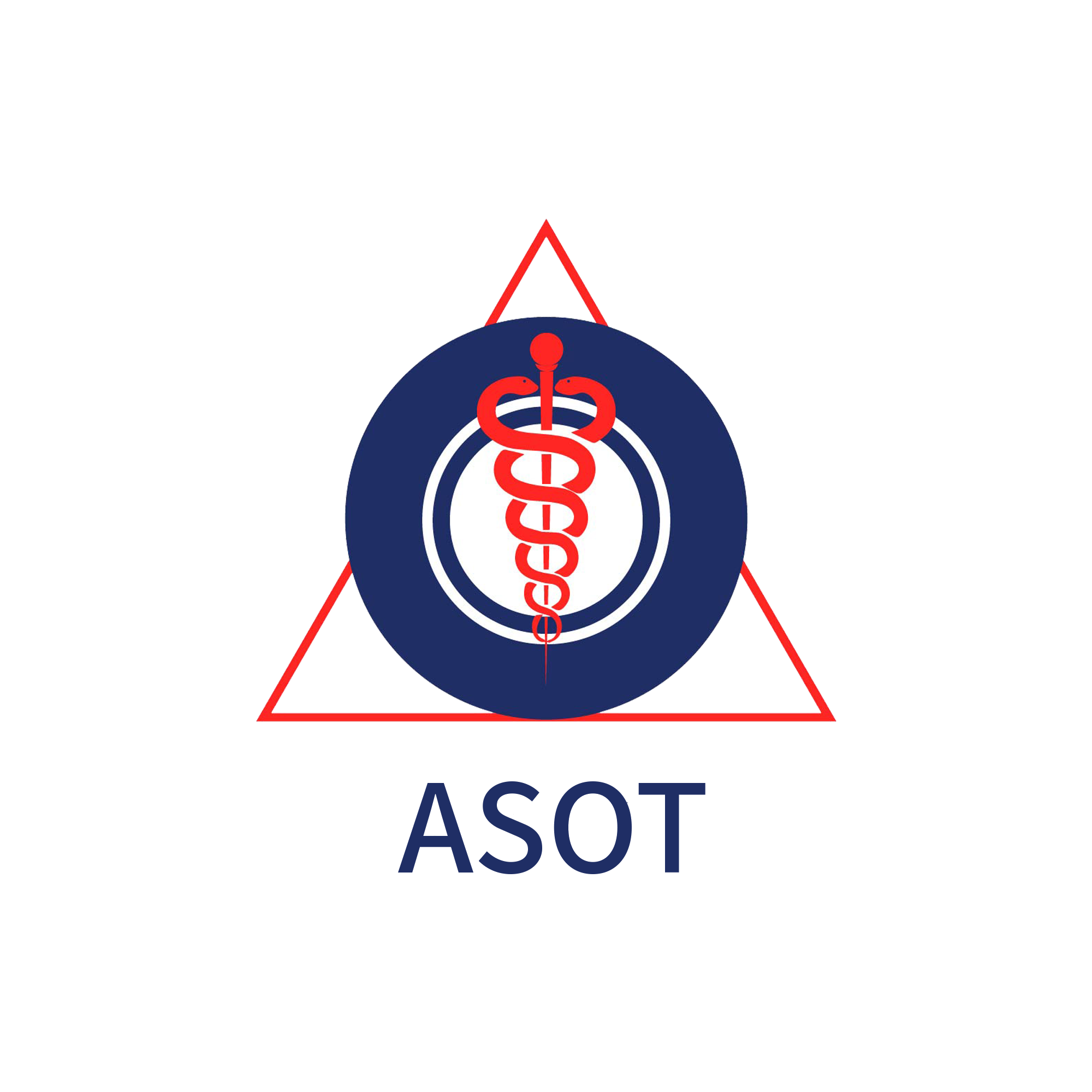Hurricane Eye Disaster Response Plan
Created by: Emma Koch and Gabriella Schmuter, MDHurricane Eye Disaster Response Plan
Purpose and Scope: Natural disasters are inevitable, and amidst the chaos, eye injuries often get overlooked. Ocular trauma is a leading, and often preventable, cause of visual impairment and blindness. The eye is particularly vulnerable during disasters when exposed to sharp objects, airborne chemicals, and smoke. For instance, during Hurricane Harvey in 2017, the risk of infections and eye disease doubled. Similarly, during Hurricane Katrina in 2005, 34% of reported needs were for eye care and eyeglasses. Therefore, it is essential for both patients and providers to be aware of the possible ophthalmologic risks during a hurricane and to prepare accordingly.
Preparation for Emergencies: The most prevalent eye problems among evacuees of Hurricane Katrina and Rita included the loss of glasses, loss of eye medications, blunt trauma, and difficulties obtaining treatment for ongoing care. Loss of glasses was the second most common issue during natural disasters. To prevent visual impairment and ensure comfort, individuals should prepare an emergency bag with supplies for about a month. This bag should include: Spare glasses, eye medications, contact lens supplies, eye shields/protective goggles, eye wash solution, and first aid kit (including eye-specific items such as saline, eye drops, and bandages).
Patient Education: Ophthalmologists strongly advise against the use of contact lenses during natural disasters due to the increased risk of eye infections from airborne debris. Additionally, in contaminated environments, individuals should avoid touching their eyes before thoroughly cleaning their hands to prevent infections.
Patients should also be aware of the Emergency Prescription Assistance Program (EPAP), which provides prescription drugs, vaccinations, medical supplies, and medical equipment to patients without health insurance in federally identified disaster areas. This program is available through over 72,000 retail pharmacies across the US. For more information, visit: https://aspr.hhs.gov/EPAP/Pages/default.aspx
Employees of the Federal Emergency Management Agency (FEMA) and disaster relief volunteers should also be aware of the safety precautions and equipment available to prevent eye injuries, including infections and blunt trauma.
Provider Education: Delayed treatment in eye care significantly contributes to the worsening of ocular disease and the risk of contusion rupture from blunt trauma. Therefore, providers must be prepared for natural disasters. The Murray Ocular Oncology and Retina office has implemented comprehensive disaster preparedness strategies, including:
– Equipping the facility with a backup generator to maintain medication temperatures
– Ensuring access to medical records
– Establishing infrastructure for patient communication during power outages caused by natural disasters
Additionally, a task force, including representatives from various international and national ophthalmologic organizations, will have doctors on call during these disasters. Collaboration with other specialties can ensure a comprehensive approach to disaster response. Developing a resource-sharing network among eye care providers for emergency supplies and medications is crucial. This includes ensuring an adequate number of eye shields are available to prevent ocular trauma. Moreover, this network can provide volunteer training on basic eye care and first aid to assist during disasters. Lastly, pharmacies should enroll in EPAP and follow the claim processing procedures to be prepared in case of an emergency.
References:
Go JA, Lee M, Alexander NL, Khan M, Al-Mohtaseb Z. Eyes of a hurricane: the effect of hurricane harvey on ophthalmology consultations at Houston’s County Hospital. Disaster Med Public Health Prep. doi: https:// doi.org/10.1017/dmp.2020.470.
Ridenour, M, et al. “Displacement of the underserved: Medical needs of Hurricane .” Journal of Healthcare for the Poor and Underserved, 18 May 2007, Hopkins University Press, Baltimore, MD.
“Hurricane Preparedness Checklist.” American Red Cross , American National Red Cross, 2022, www.redcross.org/content/dam/redcross/get-help/pdfs/hurricane/EN_Hurricane-Safety-Checklist.pdf. Accessed 2024.
“Displacement of the underserved: Medical needs of Hurricane .”
“The Emergency Prescription Assistance Program.” Aspr.hhs.gov, aspr.hhs.gov/EPAP/Pages/default.aspx.
